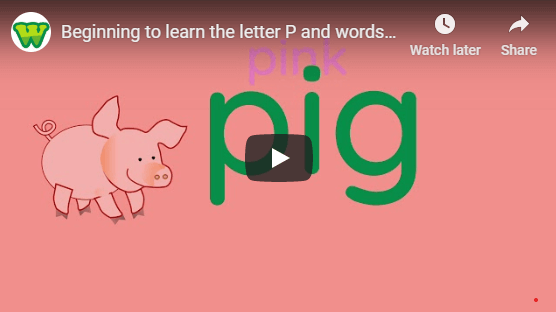10 Tips for Better Teaching
You Can Help Unlock Potential and Start a Journey of Discovery

Teaching can be a hugely rewarding experience. Whether you are a fully qualified professional teacher with a class of eager pupils hanging on your every word or a parent helping your child to write their name for the first time.
Each time you see even just a tiny part of your knowledge, skill or technique picked up, it can give you immense satisfaction and a feeling that you are doing something worthwhile in the world.
Sometimes it can be tiring, frustrating and difficult to give your energy in this way but when you are flagging there are some simple tips that can help you break down that barrier or find a slightly different way to explain your idea.
- Planning
- Dynamic range
- Exercise
- Manage behaviour
- Ask questions
- Bring the fun
- Positive attitude
- Use video
- Vary your style
- Listen
Plan your lesson or your teaching task. The more prepared you are the more confident and relaxed you can be. Even if it's listening to your child read - mentally prepare a plan, where should we sit? what book should we use? how long will this take? what is the next task after any reading has finished?
Take a tip from Beethoven. He was a master at keeping listener attention. The use of loud and soft, quick and slow can keep your audience of easily distracted ears engaged and listening.

Have a brain break. Use exercise to get the blood flowing. Try getting your child (and yourself!) or your whole class hopping on each foot alternately. Left then right. Then add in something to charge the opposite hemisphere of the brain. Try hopping on the left foot whilst holding a right ear and then vice versa. It will invigorate a lesson that is starting to hit the stagnation zone.
If a child is distracted or tired it may take longer to get a task completed and may also cause disruptive behaviour. Managing behaviour should be consistent and fair. Reward positive behaviour and demonstrate that negative behaviour has consequences.
Asking simple questions is a way you can check whether your child has understood. Ask them to repeat back what you said or explain why they got the answer they did. It is a very quick simple way of getting instant feedback to find if what you are trying to teach is going in.

Embrace each day with the joy of learning. Laughter and fun release endorphins and increase oxygen to the brain making participation easier and help in the storage and retrieval of memories. If you are having a good time the chances are your students are too, and learning at the same time.
Enthusiasm spreads. Your positive attitude will engage and provide energy. Try to be positive with the responses you get back.
Moving images can be a great way to introduce a theme or to reinforce a point. Even watching someone else do the same task a student has been attempting can help them to visualise what they need to do.
If you normally start with reading out a lesson plan or a task list try a mini brainstorming moment. For example; Tell me 6 things you know about sunshine or let us see how many words we can say that rhyhme with 'goat'.
Listen to what your child or student is saying. If they sound confused or lack confidence with the answers they probably
By being aware of;
- the environment
- behaviour
- your preparedness
- the feedback you are receiving
More articles

Helping Colour-Blind Children ...and Teachers!
Small Considerations Can Make a Difference
There are things you can do to help
7 Ways to Improve Your Child's Early Writing
And Have Fun Along the Way
Practical examples to get your child up and running with letters and sounds
Tripod Grip Explained in Pictures
Photos That Show Just What This Is
The way you hold your writing implement can have a big effect on your early writing